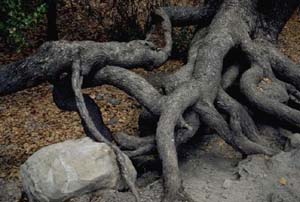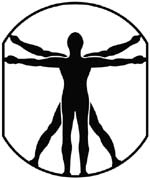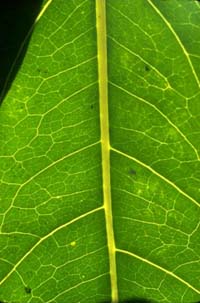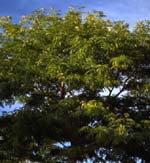
Required Readings
Science in Action 7
pages 98 - 101
or
Science Focus 7
pages 104 - 111
|
Did You Know...
While most food webs begin with the energy of captured sunlight, there are other webs that do not. Deep down at the bottom of the ocean, around volcanic vents (also called hydrothermal vents) called black smokers, bacteria capture the energy in chemical compounds. This process is called chemosynthesis.
|
|
Plants are the foundation of virtually all the food webs on
Earth. They play the important role of capturing the sun's
energy, which is then passed on to other organisms in the
web of life. In this lesson we will examine the basic structure
and function of seed plants. They are many kinds of plants,
but we will only examine those that make seeds.
| Just sit back for a moment and think about your own body. Each part of your body has a specialized role to play. Your five senses allow you to receive information about the world around you. Your skeleton provides support, so your not just a big blob on the floor, and it also works with your muscles to allow you to move about. Your digestive system brings nutrition and energy to every cell in you body. As you mature into an adult, your reproductive system will enable you to have children. |
 |
Every part of a plant has a specialized purpose (a function)
as well. Can you think of all the main parts that make up a
plant?
Roots and stems provide support against the pull of gravity
and they also contain a specialized transport system to
move water and food around. Roots also absorb water and
dissolved nutrients.
 |
Unlike animals, plants can make their own food, which is then used in the plant's cells or stored. Green leaves are the main food factories in plants. |
 |
Plants also have a reproductive system - just like you! Plants
can reproduce in many ways. Seed plants use flowers
to make seeds.
|